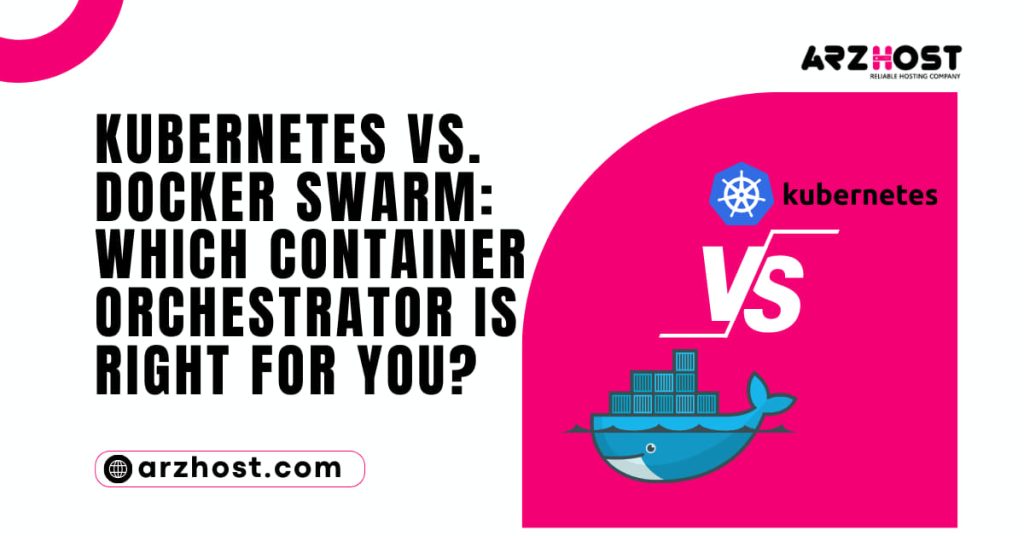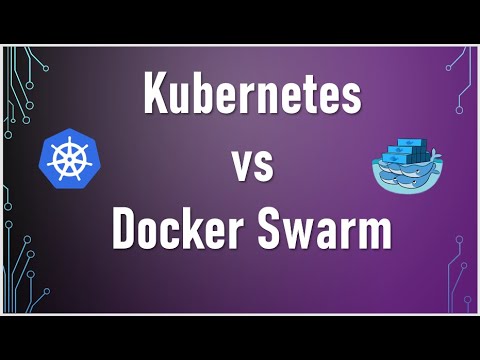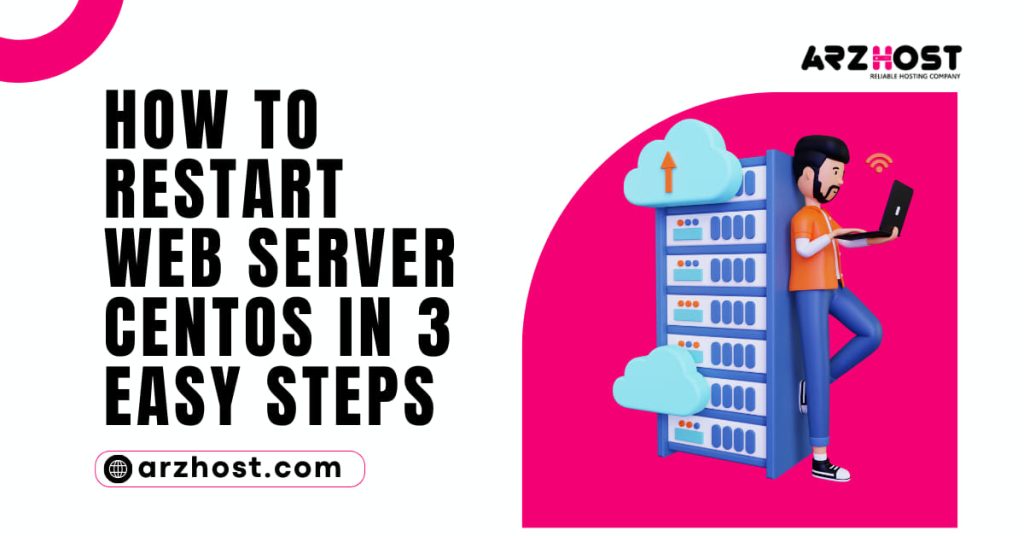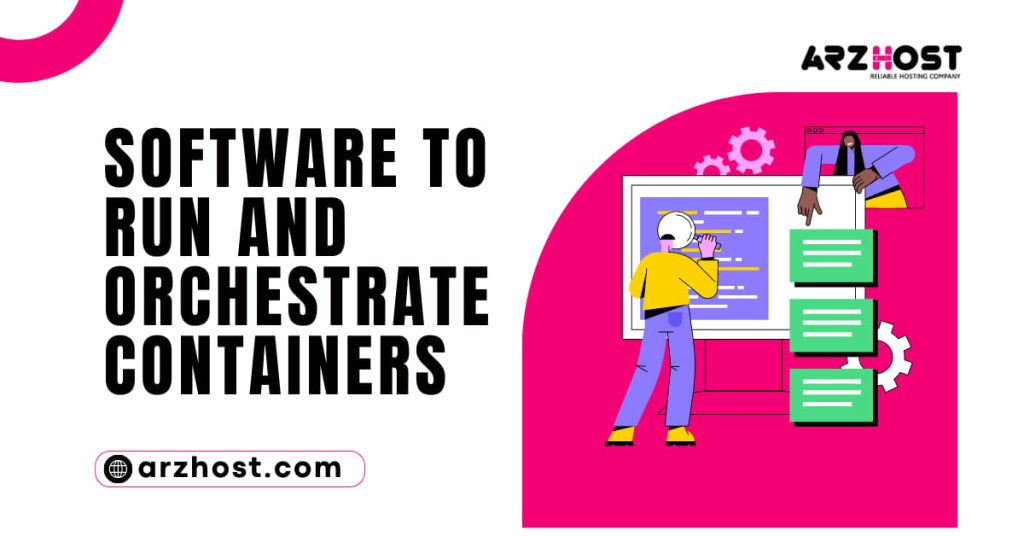Kubernetes vs. Docker Swarm, Since Linux introduced containerization more than 10 years ago. Many teams have transitioned from using traditional VM (virtual machine) infrastructure settings to containers.
Thanks to containerization tools like Docker, which also enable teams to manage all of their microservice, applications can now be deployed considerably more quickly.
However, when the number of Docker containers in a system increases. You’ll need something to help with the coordination of these containers. So how do Kubernetes and Docker compare?
The two most popular container orchestration, distribution, and packaging solutions are Docker Swarm and Kubernetes (also known as K8s), which were created by Google. In addition, the question “what is the difference between Kubernetes vs. Docker Swarm“ is commonly asked.
Which is the better option? Although both are excellent at managing a large number of containers and interact well with Docker, the best choice for you will depend on your preferences and needs.
What is Kubernetes?
Google released the cultured open-source platform Kubernetes in 2014. Its significant developer community frequently refers to it as K8s.
Due to its skill in managing complex system architectures, automating tasks across host clusters (such as scaling up or down, rollbacks, and more), and enabling system performance logging and monitoring via a built-in GUI, Kubernetes has since quickly gained dishonor as one of the top container orchestration tools.
Kubernetes is additionally modular and deployable with any architecture. It works by breaking down containers into logistical units that may be used and interacted with independently.
By spreading out the load across containers, Kubernetes dramatically increases scalability and expansion while enabling improved mobility throughout the system. What is Docker Swarm vs. Kubernetes, exactly? So let’s talk about the first portion of the query.
What is Docker Swarm?
The open-source container orchestration platform created by Docker is called Swarm, or Docker Swarm. The same company that created the popular Docker update containers to the latest version also developed and maintains Swarm. Which gained popularity for its quick setup, usability, and scalability.
Docker Swarm thrives with fewer containers and easier topologies. In order to create a single, straightforward host that enables rolling upgrades and intelligent load balancing, it is used to merge various Docker hosts.
What’s the difference between Docker and Docker Swarm, though? Not to be confused with Docker. Which is used for containerization, Docker Swarm is the technology for managing and coordinating these dockerized containers.
Kubernetes vs. Docker Swarm, If the container and container orchestration technologies are manufactured by the same company, you can be sure that they will function well together.
Differences & Similarities Between Docker Swarm & Kubernetes
Kubernetes vs. Docker Swarm, Both Kubernetes and Docker Swarm are technologies for orchestrating containers. As a result, they have a lot of similar functionality. However, given each tends to excel in specific areas, depending on your needs and preferences, one or the other may be the best option.
Let’s examine the differences between Kubernetes and Docker Swarm and how they compare in a number of key areas.
1: Installation/Setup and Cluster Strength
Without a doubt, Docker Swarm’s setup and installation procedure is the quickest and easiest. Swarm is also easier to learn, especially for people without a background in technology.
Kubernetes, on the other hand, has a far steeper learning curve and is much more challenging to set up. As a result, Kubernetes can also handle deployments that are more complicated or larger.
Once you’ve gotten past the initial setup and have a handle on how it functions, Kubernetes produces stronger clusters that are quicker and more secure gold in large production situations.
Smaller, simpler infrastructures can thrive thanks to Docker Swarm. However, if you’re looking for flexible expansion and the ability to manage highly complex systems, Kubernetes is the way to go.
2: GUI (Graphical User Interface)
A built-in GUI has always been a feature of Kubernetes. Using the Kubernetes Dashboard, you can easily extend and deploy individual apps as well as manage and keep a watch on your numerous clusters. There is no integrated GUI in Docker Swarm. However, there are a variety of other tools accessible to improve this as required.
3: Scalability
Advantages of Kubernetes Over Docker Swarm, using both Kubernetes and Docker Swarm. you can scale your infrastructure up or down more quickly depending on business needs.
Swarm requires manual scaling, but Kubernetes includes autonomous scaling that may vary depending on traffic. However, the more complex Kubernetes design slows down the deployment and scaling of containers.
Again, the scalability of this depends on your priorities. If automation is what you’re after, Kubernetes might be your best choice. However, Docker Swarm can be a better choice if your team places a larger focus on speed while scaling up or down.
4: Balancing Loads
Kubernetes vs. Docker Swarm, Docker Swarm excels in this area because load balancing is so easily maintained within Docker containers. Individual node load balancing settings must be manually configured in Kubernetes.
5: Monitoring & Logging
Logging and monitoring are accessible and integrated into the Kubernetes dashboard. There are numerous additional third-party monitoring solutions that can be included to measure more significant parameters.
Kubernetes vs. Docker Swarm, while some basic server logs and event capabilities from Docker are included in Docker Swarm. You must utilize third-party tools to get the most out of your monitoring.
6: Future Prospects
When Mirantis acquired Docker in November 2019, users of Docker Swarm expressed some concern.
Despite the fact that many people are still unsure of Docker Swarm’s future, Mirantis has stated they will continue to support it indefinitely.
Due to Kubernetes’ connections to Google and the big community, which is growing quickly, many Swarm users are starting to think about migrating to it.
Kubernetes has Advantages Over Docker Swarm (and Disadvantages)
Kubernetes vs. Docker Swarm let’s discuss the benefits and drawbacks of kubernetes and docker swarm.
Benefits:
- Popular open-source platform with a solid reputation and Google backing
- Works flawlessly on all operating systems
- Able to manage large and complex infrastructures
- Incredibly adaptable and scalable potential for growth
- Self-healing and automation capabilities
- A substantial user base exists.
Drawbacks:
- Compared to the set up, the installation has a steeper learning curve.
- Tools for the Command Line Interface (CLI) and compose must be used independently.
Benefits and Drawbacks of Docker Swarm
Benefits:
- Benefits and drawbacks of Docker Swarm
- It doesn’t take long to install.
- Excellent for simpler and smaller systems
Drawbacks:
- Due to its reliance on the Docker API, functionality can be limited.
- The acquisition by Mirantis has left Docker Swarm’s future in doubt.
Which platform—Kubernetes or Docker Swarm—will you pick?
Which is a better choice, Kubernetes or Docker Swarm? The fact is that both Kubernetes and Docker Swarm are top solutions for software to run and container orchestrate. Smaller infrastructures benefit from using Docker Swarm because it is easy to set up and run, seamlessly integrates with all current Docker tools, and works well.
Kubernetes vs. Docker Swarm, However, due to Mirantis’ achievement of Docker, many Swarm users feel that it is now time to begin making preparations to migrate to Kubernetes.
Kubernetes is the industry leader with years of experience, and it runs seamlessly on all operating systems. It has a high degree of flexibility and power and can manage larger, more complex infrastructures.
Conclusion
So, Kubernetes or Docker Swarm? A list of container orchestration platforms like Docker Swarm or Kubernetes can be used to manage your microservice-based application. The deciding factor will be the requirements you set for the functionality and performance of your application.
Kubernetes vs. Docker Swarm, if you want something quick, easy, and efficient, use Docker Swarm. It works effectively with other Docker tools due to the fact that it is the native orchestration software.
However, Kubernetes is far more suited to a complex distributed system due to its toolkit. It can also seamlessly interoperate with both the cloud and the production environment of many different apps.
Do you still require our assistance? If you’re interested in learning more about coordinating your containers. Get in touch with our team right now for cutting-edge advice and information.
Related Articles
- colocation cost per u
- top 17 Container Orchestration Tools in DevOps Environment
- restart web server centos
- How to Check Version MySQL in Linux?
- colocation cost per rack
















